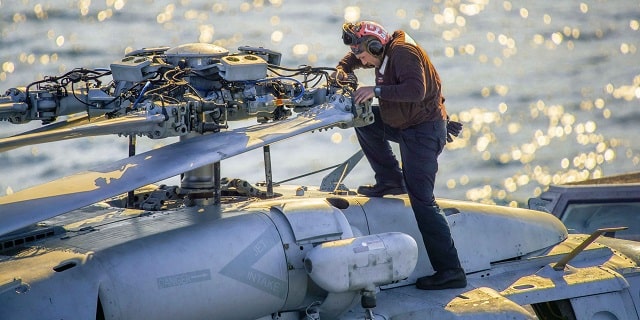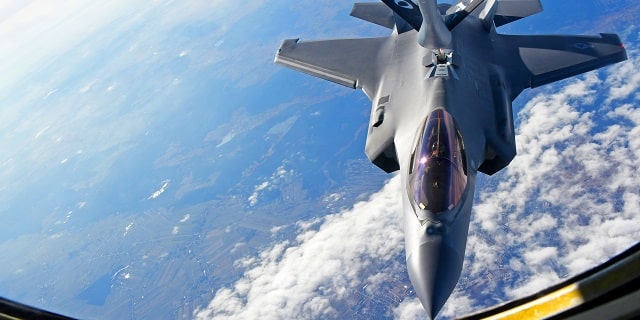
Author & publish your technical content & documents with S1000D CSDB
Origins of S1000D
S1000D was derived from civil aviation standards and was originally used by European defense organizations to ensure technical content quality and the ability to share information across organizations and vendors. Today, it has been expanded to include air, land, and sea systems, as well as defense and civil aviation documentation across the globe. The S1000D standard is maintained by the Technical Publications Specification Maintenance Group (TPSMG), which includes members from ASD, the United States' Aerospace Industries Association (AIA), the Air Transport Association (ATA), and industry and defense leaders from most of the countries using the standard.

What is S1000D?
S1000D is a collection of information that includes a specification with more than 3000-pages, a set of XML schemas, sample XML instances and additional supporting documentation.
It uses the concept of “issues,” which refer to a specific version of the specification. These issues are not superseded, which means that a contract for technical documentation can, and often does, specify the requirement for an issue of S1000D that is not the latest.


Using data modules
The specification prescribes the use of a Common Source Data Base to manage Data Modules, which are discrete units of information with unique Data Module Codes that identify the specific component to which a data module applies, as well as the type of information it contains (e.g. wiring or illustrated parts data).
Content deliverables are assembled into Publication Modules from Data Modules. Publication modules define the order in which data modules appear within a technical manual. Data modules are reusable across multiple publications, and when a data module is updated, the latest version will automatically be used by all publication modules in which it appears.

Comprehensive coverage
S1000D also provides mechanisms for publication planning, content interchange, referencing and publishing. In fact, the entire production process is prescribed by the specification, which ensures consistency and interchangeability.
Functionality for Interactive Electronic Technical Publications (IETPs), which are the S1000D-prescribed viewer, is also defined in S1000D by a functionality matrix. The specification allows for the use of intelligent graphics, 3D models, and other multimedia content.


Where is S1000D used?
Over the past several years, the S1000D standard has been gaining momentum around the globe - from North America to Australia. Both the civil aviation industry and North American defense organizations have started adopting S1000D, extending its use to support land, sea and air systems. S1000D is also used for land vehicles and equipment, as well as shipboard systems and other sea-based systems.
You will also find S1000D being used to produce documentation in support of new commercial aircraft, including the Boeing 787 and Airbus 350.